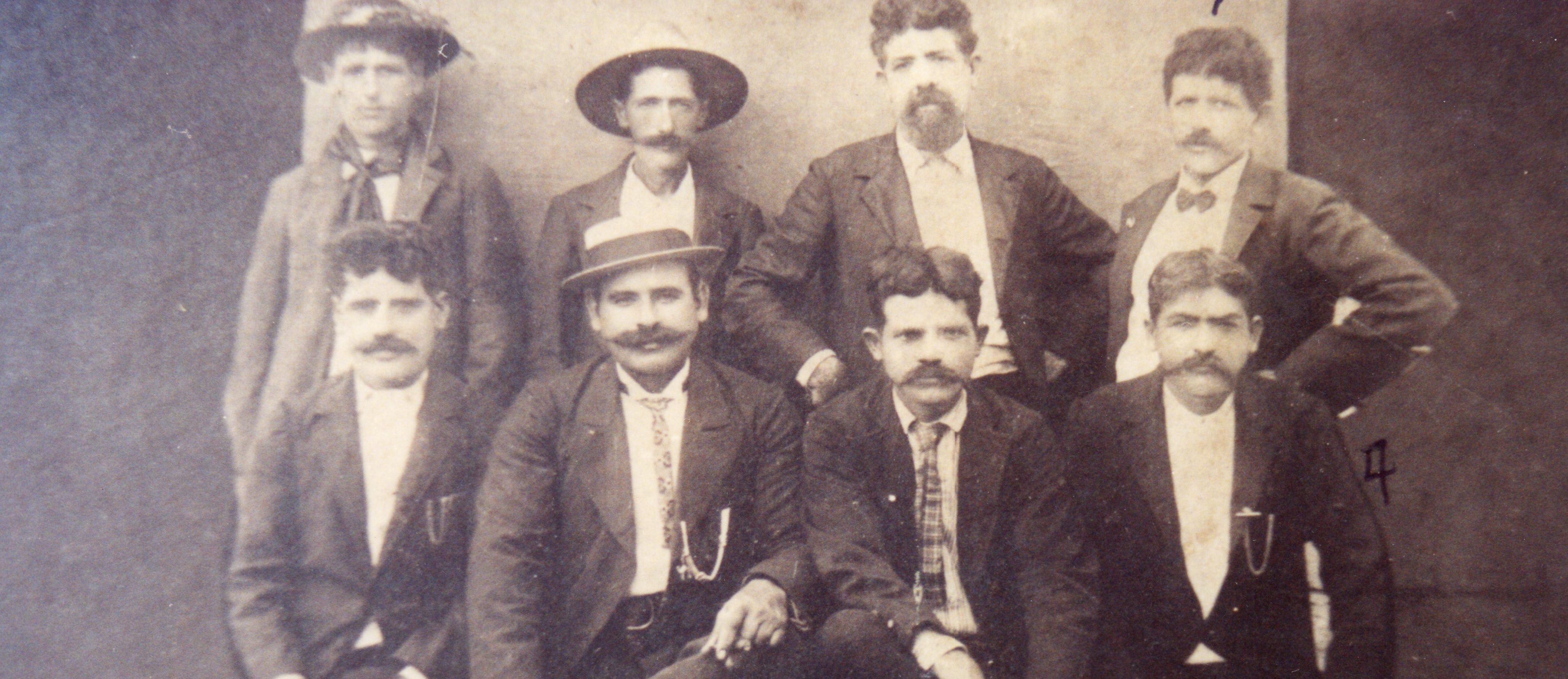Sugar cane was growing freely in the Hawaiian Islands long before Captain Cook came on the scene in the 18th century. People of Chinese descent were producing sugar in Lawai as early as 1802. There were small scale family operations throughout the islands. In the early 1800s, several men were trying their hand at sugar cane production including a Portuguese native, Antone Sylva.
Who Was First to Grow Sugar Cane on Maui?
In 1819, John Wilkinson came up with the idea of mass producing sugar. He set up production in Manoa Valley, Oahu in 1825. Wilkinson died in 1828 before he realized his dream. Production continued until 1829 when his operation was deemed a failure.
Sandwiched in between the early Chinese immigrants and John Wilkinson was Antone Sylva of Waikapu. Sylva is a part of Maui legend. According to local lore, he was the first to grow sugar cane on Maui.
It is said that Sylva arrived in Hawaii before the missionaries. Most books date his arrival between 1827-1828. He was one of many sailors who came to Hawaii to drop off cargo and never left Hawaii.
Starting His New Life on Maui
Antone settled down and began a family. He married a Hawaiian native, Malia Keopukane who was also known as Maria August.
It appears that he married a second time under the name Akoni Sylva on 16 Nov 1846 in Wailuku to another Hawaiian native, Keawe.
He fathered at least 8 children: Kapulani, Pueueu, Joseph, William, Manoel, Joaquim, Antonia, and Mary Ann.
A Sugar Mill is Built
In 1928, Sylva built a sugar mill. He appears to have had some knowledge of growing sugar cane or at least an agriculture background. He employed the practices he presumably brought with him from his native land
Unfortunately, none of the writings about him say where he originated from–only that he was Portuguese. We don’t even know if he was an Antonio or an Antao.
Separating the Myth from Reality
Antone Sylva made a will on 21 Dec 1851. He died sometime in 1854 (Probate filed 20 Aug 1854).
He wasn’t the first to grow sugar cane in the islands. And, he wasn’t the first to begin large scale production.
History shows that others were hot on the trail of what would be the largest industry in Hawaii long before he arrived. But, he is one of the early pioneers and part of Hawaii’s sugar plantation history.
© 2003-2021 Melody Lassalle





